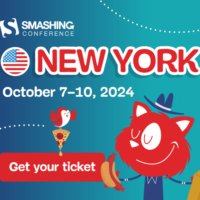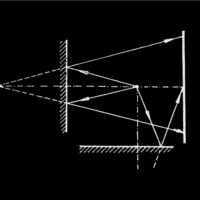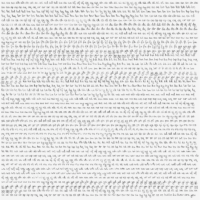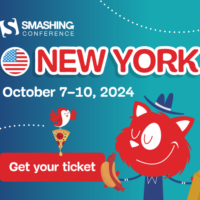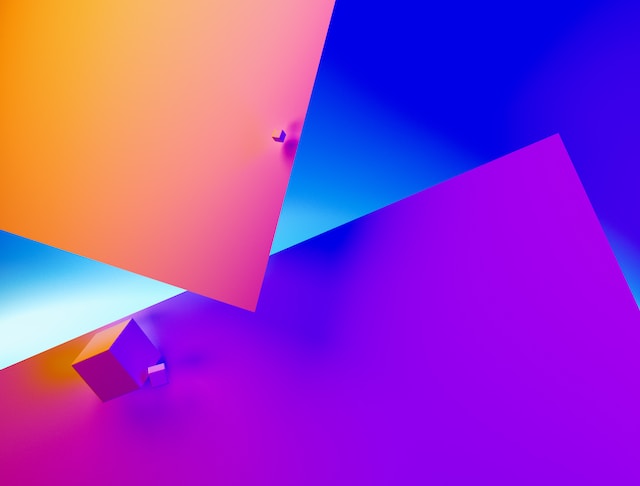
The rise of Generative AI-driven design patterns
How Generative AI advances are helping shape the future of feature design, from enhancing content interaction to more informed decision-makingOrder among chaos (Credit: Dall-E)The ChatGPT revolution has been unfolding for over a year now. While the specific chatbot may not represent a seismic technical shift, the profound change in perception it has engendered within the tech community continues to send shockwaves. Initially, teams across various industries scrambled to mimic and refine the success of chatbots, leveraging the underlying models of GPT to produce solutions that, while similar to ChatGPT, were customized for specific experiences and trained on unique datasets.As the novelty wears off and the real potential of Generative AI becomes clearer, innovative teams move beyond mere chat functions. Notion AI emerged as a beacon of how AI advancements can be integrated into traditional product features, sparking discussions and excitement about the broader applications of this technology. This was followed by companies like Grammarly and Figma, who have introduced many features that transform content creation and modification, setting a new benchmark for practical AI integration.Fast forward to this year, and it seems every forward-thinking company has unveiled a roadmap dotted with AI-enhanced features. Product leaders are now under intense pressure to weave Generative AI into their offerings — not only to deliver genuine value but also to compete in a market where AI capabilities are fast becoming a yardstick for innovation. While chatbots and straightforward text manipulation tools remain popular for their proven value, the landscape is evolving rapidly.Startups in every sector are pushing the boundaries of what Generative AI can achieve, from creating synthetic users for conjoint analyses to agents that can act as junior developers. This surge of creativity is expanding the Overton window, showcasing a future where traditional products are imbued with what seems like a touch of magic. All are powered by the increasingly abstracted applications of underlying LLM technologies.As I observe the ongoing evolution of Generative AI, several distinct patterns begin to crystallize. There are many ways to look at these patterns, and some have done so through more traditional design elements seen in AI Features. Others have done so by looking at patterns in the user experience. The trends I have begun to notice focus on how Generative AI is being used to make the product more effective at its intended purpose. These patterns emerge either as a cascade of mimicry — where one company’s innovation spawns a host of imitators, each tweaking the concept for their unique user bases — or as a convergence around a genuinely transformative capability of Generative AI. These standout applications are now staples on the roadmaps of many companies, representing the real value this technology brings to the table.Recall the advent of mobile technology: initial mobile apps were often mere extensions of existing desktop services, adapted — not always gracefully — to fit the mobile format. Many were little more than clunky mobile renditions of company websites. At the time, these solutions merely extended what was already available rather than unlocking the new value potential inherent in the mobile platform.However, as companies grew bolder in their experiments with the capabilities of handheld devices, coupled with the expansion of high-speed internet, truly innovative solutions began to emerge. » Read More
Like to keep reading?
This article first appeared on sidebar.io. If you'd like to continue this story, follow the white rabbit.
